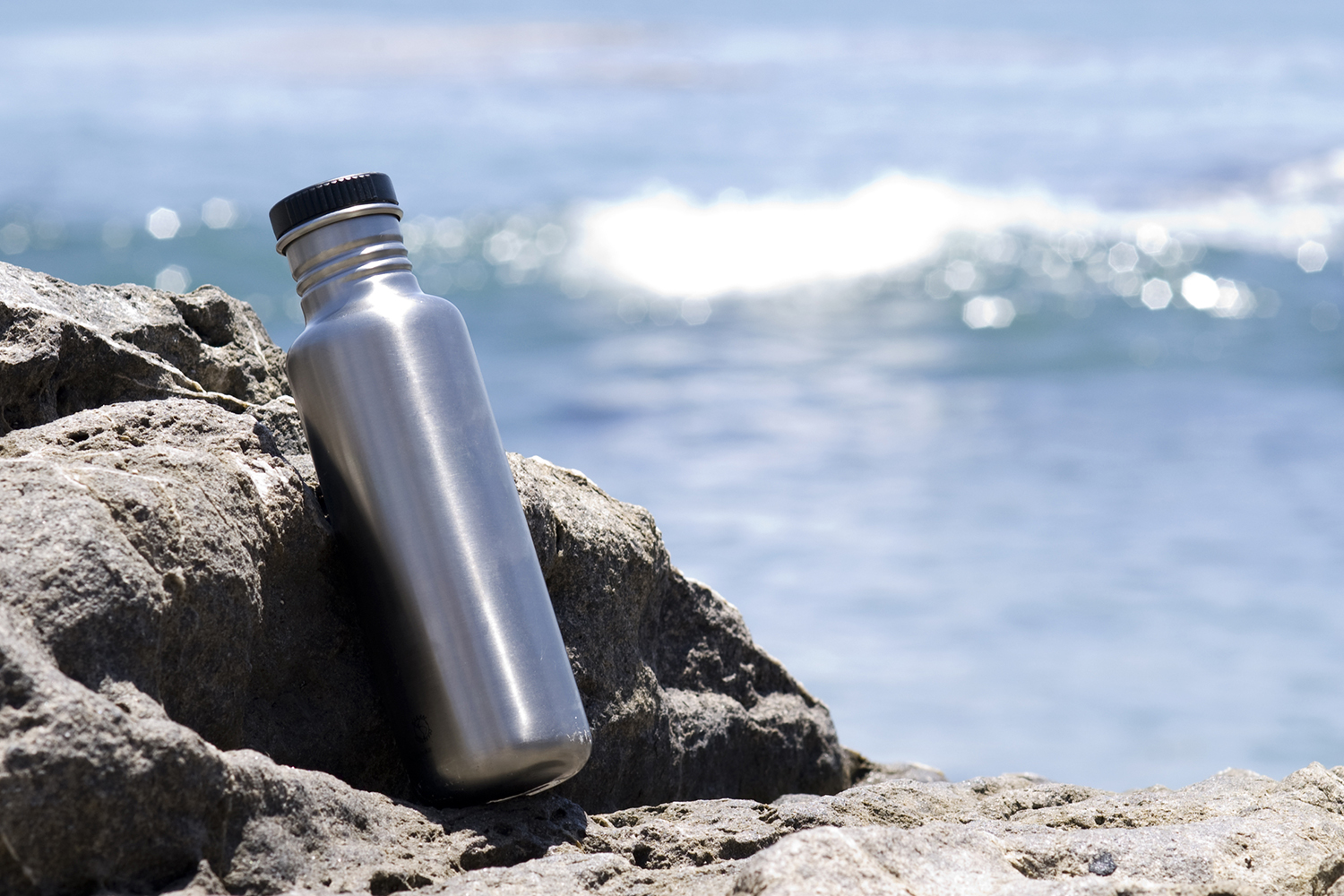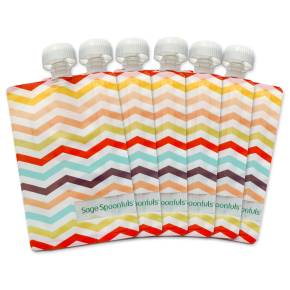Most of us could use more water in our diet. It maintains temperature, detoxifies the body, protects tissues, and keeps joints functioning smoothly.
An ongoing TikTok trend, the “Celtic sea salt water hack,” claims that adding a few flakes of sea salt to a tall glass of water, or placing a few flakes under the tongue just before drinking, can help the body absorb water better. Online videos show water devotees using the Celtic Sea Salt brand.
But does this hack hold water? And what about regular table salt? Let’s clear up the debate.
Table Salt vs Sea Salt
An article by Laura Anderson, a registered dietician at Michigan State University Extension, explains the differences between sea salt and table salt.
- Table salt is mined, with impurities and trace minerals removed.
- Sea salt, formed after ocean water evaporates, contains trace minerals like calcium, potassium, and magnesium, the latter of which can help the body absorb water.
Both sea salt and table salt contain similar amounts of sodium and chloride, two electrolytes that regulate fluid around your cells and maintain blood pressure.
“Sea salt tends to have a slightly different taste and texture than table salt,” Anderson writes.
In addition to containing trace minerals, sea salt has long been revered for its healing qualities. After all, thalassotherapy, the idea that healing occurs through exposure to salt air or spending time oceanside (thalassa means “ocean” in Greek), dates back to the 1800s.
Do You Need Extra Salt?
But there’s a good chance you don’t need to add sea salt (or salt of any kind) to your water—most of the minerals we need can be found in food.
Iodized table salt contains iodine, which aids in thyroid regulation. That mineral can also be found in seaweed, kelp, nori, fish, and eggs, among other food sources.
Maintaining a healthy, balanced diet is likely more vital than adding salt flakes to your water.
Dangers of Excess Sodium
Always be aware of your salt intake as too much can raise blood pressure or lead to cardiovascular disease.
The American Heart Association and the USDA’s dietary guidelines recommend adults take not more than 2,300 mg (about 1 tsp) of sodium daily.
People with hypertension or other health issues should limit their daily sodium to about 1,500 mg, or about two-thirds of a teaspoon.
Does The Sea Salt Hack Work?
Experts say trying this hydration hack occasionally shouldn’t be harmful, but to check with your doctor first.
If you find drinking water boring and are looking for a way to increase your intake, try adding slices of lemon or chunks of fruit to your water to entice your taste buds.
It’s also worth remembering that food contains water, which you can count toward your daily goal. Watermelon and spinach, for example, contain almost 100 percent water.




